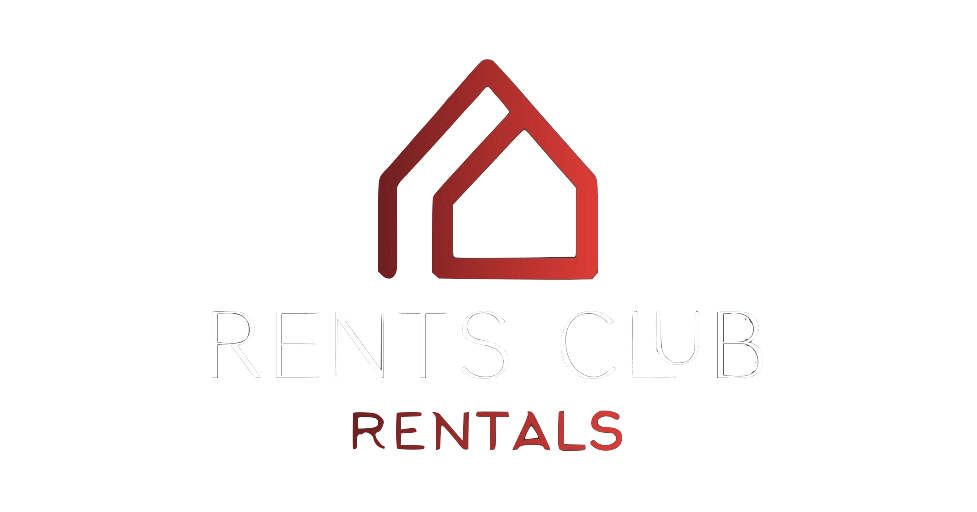
Several key factors impact the Return on Investment (ROI) for vacation rentals. Maximizing ROI involves strategic decisions in areas such as location, pricing, management, and property maintenance. Here’s a breakdown of the most influential factors:
1. Location
- Tourist Demand: Properties in high-demand areas, like popular tourist destinations, beach towns, and ski resorts, generally yield higher occupancy rates.
- Seasonality: Locations with a long peak season (or year-round demand) offer more consistent income. Some properties in areas with short tourist seasons can see fluctuations that impact annual ROI.
- Proximity to Amenities: Properties near key amenities (beaches, landmarks, restaurants, and public transit) tend to have higher occupancy and can command premium rates.
- Neighborhood Safety and Appeal: Guests prefer properties in safe, appealing neighborhoods. A good neighborhood boosts guest satisfaction, resulting in positive reviews and higher occupancy.
2. Property Type and Size
- Property Type: Single-family homes, condos, apartments, and unique stays (like cabins, treehouses, or waterfront properties) have different appeal and income potential. Unique or luxury properties often attract higher nightly rates.
- Number of Bedrooms and Capacity: Larger properties that can accommodate more guests often generate more revenue, especially in popular family or group travel destinations.
- Amenities Offered: Features like pools, hot tubs, fully equipped kitchens, high-speed internet, and entertainment systems increase a property’s appeal and can justify higher rental rates.
3. Market Demand and Competition
- Local Market Conditions: Understanding demand levels in the area is essential. Over-saturation with vacation rentals can decrease occupancy and rental rates, impacting ROI.
- Competitive Pricing: Research the average daily rates for comparable properties to set competitive prices. Pricing too high can reduce occupancy, while pricing too low can lower profitability.
- Market Trends: Trends, such as the rise in work-from-anywhere travelers, eco-conscious guests, and the demand for extended stays, can influence ROI. Catering to these trends with the right amenities (e.g., home office setups or eco-friendly features) can boost occupancy and rates.
4. Property Management Quality
- Guest Experience: Effective communication, quick responses, and quality service improve guest satisfaction, leading to positive reviews and repeat bookings.
- Professional Management Companies: If you hire a property manager, their expertise in pricing strategy, guest communication, and cleaning services can significantly impact ROI. However, management fees (often 10-30% of rental income) should be considered when calculating profits.
- Operational Efficiency: Efficient management (automated check-in/check-out, quick cleaning turnaround) helps maximize occupancy and reduce costs.
5. Marketing and Visibility
- Listing Quality: High-quality photos, detailed descriptions, and accurate amenity listings are essential for attracting guests. Professional photography and staging can help highlight the property’s best features.
- Multiple Platform Listings: Listing on multiple platforms (like Airbnb, Vrbo, Booking.com) increases visibility, leading to higher booking potential.
- Positive Reviews: Guest reviews are critical for attracting future bookings. Properties with high ratings and positive feedback generally achieve higher occupancy rates and can command higher rates.
6. Dynamic Pricing Strategy
- Seasonal and Event-Based Pricing: Adjusting prices based on high-demand periods (holidays, local events) and slow seasons can optimize income.
- Dynamic Pricing Tools: Tools like Beyond Pricing, PriceLabs, and Wheelhouse help automate price adjustments based on market demand, competition, and occupancy, optimizing revenue.
7. Occupancy Rates
- Length of Stay Requirements: Minimum night requirements can impact occupancy. Some properties benefit from shorter stays (e.g., for weekend travelers), while others perform better with longer stays that reduce turnover costs.
- Guest Retention: A good guest experience and proactive marketing (such as discounts for repeat guests) can lead to repeat bookings and steady occupancy, improving overall ROI.
8. Maintenance and Operating Costs
- Regular Maintenance: Upkeep is essential to keep the property in excellent condition, avoiding larger repair costs down the line. Well-maintained properties attract more guests and positive reviews.
- Cleaning and Turnover Costs: High guest turnover means frequent cleaning, which adds to costs. Efficient, cost-effective cleaning and turnover can maximize revenue.
- Utilities and Supplies: Providing utilities like internet, heating, and AC, as well as basic supplies, impacts expenses. Tracking and budgeting for these costs help in managing ROI effectively.
9. Local Regulations and Taxes
- Short-Term Rental Regulations: Many cities have regulations for vacation rentals, such as permit requirements, occupancy limits, and even outright bans. Fines for non-compliance can be costly, and complying with regulations may incur additional costs (such as permit fees).
- Taxes: In addition to property taxes, vacation rentals may be subject to additional occupancy or tourism taxes. Ensuring compliance and factoring these costs into your budget will impact ROI.
10. Economic and Environmental Factors
- Economic Conditions: Economic downturns can reduce travel demand, especially for discretionary travel, impacting vacation rentals’ occupancy rates and pricing power.
- Natural Disasters and Climate Impact: Properties in high-risk areas (hurricanes, wildfires) may incur higher insurance costs or experience disruptions. Sustainable and resilient property choices can mitigate some of these risks.
- Insurance Costs: Vacation rentals typically require special insurance to cover liability for short-term guests, and costs can vary depending on the area and property type.
Optimizing ROI in Vacation Rentals
To maximize ROI, consider these strategic approaches:
- Invest in High-Demand, Limited-Supply Areas: Popular destinations with limited short-term rental options typically yield higher occupancy and revenue.
- Offer Attractive Amenities: Unique and in-demand amenities can make your rental stand out and justify higher rates.
- Adopt a Dynamic Pricing Strategy: Adjust pricing based on demand and local events to optimize income throughout the year.
- Maintain High Standards: Cleanliness, maintenance, and a welcoming environment lead to positive reviews and repeat guests.
- Stay Compliant: Ensure you’re up-to-date with local regulations to avoid costly fines or restrictions on your rental.
- Engage in Smart Marketing: Promote the property’s best features across multiple platforms, including social media, to reach a wider audience.
Bottom Line
Vacation rentals can be a profitable investment if managed effectively. By carefully considering these factors and adapting to market dynamics, you can increase both your occupancy rates and nightly revenue, ultimately maximizing the ROI for your vacation rental property.






